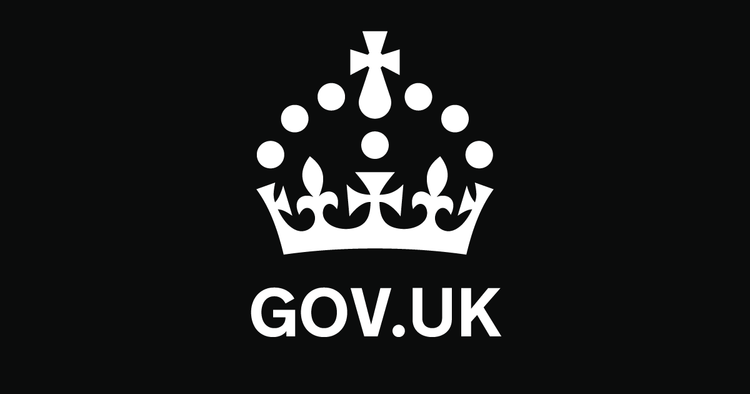Signal boost for bank holiday ramblers as UK government’s 4G rollout picks up pace in Great British countryside

Snowdonia, along with other national parks, is set to receive an increase in mobile connectivity to help improve safety for hikers.
The beautiful English countryside now has better 4G coverage, thanks to the UK Government's decision to upgrade existing mobile towers instead of constructing new ones. The stunning views remain unspoiled by any new structures.
Improved infrastructure now enables first responders to quickly receive critical data, allowing them to more effectively save lives in emergency situations.
Hikers, mountain climbers, and nature enthusiasts in many popular UK destinations will benefit from improved mobile signal this long weekend, making it easier to connect and explore the beautiful landscapes of Britain.
Four towers that give 4G service in some of the most popular national parks in Britain are now turned on thanks to money from the UK Government. This will make it safer for tourists and locals, and lessen the chances of losing signal in these faraway places.
The program is focusing on important and beautiful places in England and Wales like Snowdonia, Shropshire Hills, Wye Valley, and Brecon Beacons. These areas are now getting better connections without needing new technology. People who live or visit these places will no longer have trouble using their phones for things like maps, social media, and messaging. This will make their mobile experience more enjoyable and less frustrating.
The increase in funding is aimed at closing the gap in digital access across the UK so that all citizens, regardless of their location, have equal opportunities and are not hindered by poor internet connection.
Telecoms Minister Chris Bryant said:
We aim for everyone to appreciate the stunning sights of our mountains, parks, and lakes. The improved connectivity will allow visitors to stay connected without spoiling the natural beauty. This will give them the confidence to reach out to a friend if they get lost, or easily discover a nearby pub for a relaxing lunch break.
The improvement will also help lower the likelihood of visitors requiring urgent help, which will lessen the strain on emergency services that typically get more calls on holidays.
In places where people are in danger, the towers will provide first responders with instant access to important data, pictures, and details that can help them save lives faster and more efficiently.
Mike Park, the boss at Mountain Rescue England and Wales, stated:
Groups all over the nation are experiencing a growing need for our unpaid, voluntary assistance every year. This update allows us to be notified promptly when individuals are in need of our life-saving aid.
Three decades ago, when cell phones and signal strength were still developing, it was common for it to take over 2 hours just to reach a phone off the mountain in order to contact Mountain Rescue for help. Thanks to advancements in mobile phone networks in these isolated regions, mountain rescue teams can now be notified much faster, benefiting both the person in need of help and the rescuers.
The recent development is a significant achievement for the Shared Rural Network initiative, which is a large funding project aimed at enhancing internet access in rural parts of the country. This aspect of the program focuses on enhancing existing communication towers instead of constructing new ones in order to reduce the overall impact on the surrounding natural environment.
In addition to national parks, the improvements will also be advantageous for travelers exploring important historical sites, like the UNESCO world heritage site Blaenavon Industrial Landscape and the medieval Caldicot Castle and Country Park in South Wales.
The Shared Rural Network has extended coverage to an extra 14,800 square kilometers, which is approximately the same size as Northern Ireland or two million football fields.
The UK government is putting money into improving the Emergency Service Network mobile masts owned by the Home Office. This upgrade will ensure coverage from all four mobile operators, with a focus on areas in Scotland and Wales. So far, 16 Extended Area Service (EAS) mast upgrades have been activated, with 13 in Wales, one in Scotland, and two in England.
Wireless service providers are also putting in more than £500 million to improve areas with limited 4G coverage, where customers can only get a signal if their mobile network provider operates there. This effort has already made a big difference in places like Shetland, Yorkshire, Fermanagh, and Devon.
Bryn Jones, who oversees SRN at Digital Mobile Spectrum Limited on behalf of the four main mobile companies, mentioned:
Now that 16 mobile sites funded by the government are operational, people living, working, and visiting various parts of the UK are seeing the advantages of sharing infrastructure. The Shared Rural Network is working to enhance 4G coverage even further as additional upgrades are implemented.









































